Jib cranes earn their keep in tough environments—shop floors, fabrication cells, docks, quarries, and warehouses where the work never really stops. Over months and years of service, even well-specified jib crane components inevitably face wear, misalignment, lubrication breakdown, electrical drift, and the occasional operator-induced shock load. Knowing what typically goes wrong and how to spot it early is the difference between predictable uptime and an unexpected line stoppage.
This guide walks through the most common failure modes for pillar, wall-mounted, and articulated jib cranes, what symptoms to watch for, how to troubleshoot quickly, and when to repair versus replace. Along the way, you’ll find practical checks you can fold into your preventive maintenance program.
Related reading: Why Choosing the Right Jib Crane Components Matters Most
Table of Contents
Toggle1) Hoist Assemblies: Motors, Brakes, Chains/Ropes, and Limit Switches
Typical issues with hoist components
- Lifting/Lowering failure or hesitation. Often tied to voltage drops, overheated motors, worn contactors, or gummed-up brake linings.
- Load drift when stopped. Brake wear or oil/grease contamination on the braking surface.
- Abnormal chain/rope wear. Indicates misaligned reeving, lack of lubrication, wrong duty class, or shock loading beyond the hoist’s design.
- Limit switch misbehavior. Upper/lower limits failing to trip can signal switch wear, actuator misalignment, or wiring faults.
Fast troubleshooting
- Electrical sanity check: Confirm supply voltage under load; inspect terminals for heat discoloration and tighten lugs.
- Brake test: With rated test load, verify stopping distance and hold. Clean/replace linings if glazing or oiling is present.
- Chain/rope inspection: Look for elongation, peening, kinks, corrosion, or wire breaks. Measure against the manufacturer’s rejection criteria.
- Limit switch function: Manually actuate to confirm positive change of state; inspect cams/actuators for position creep.
Prevention tips
- Match hoist duty class to cycles/hour (don’t underspec).
- Keep a chain/rope lubrication schedule; contaminants act like grinding paste.
- Log limit-switch checks monthly; replace at the first sign of intermittent response.
Knowing when to stop repairing and start replacing saves money. See: When Should Jib Crane Components Be Replaced or Repaired?
2) Trolley Systems: Wheels, Bearings, Tracks, and Drive Units
Common symptoms
- Rough travel or binding on the jib beam. Debris on the track, flat-spotted wheels, or incorrect wheel profile for the beam section.
- Wandering or skewing. Trolley wheel spacing out of tolerance, bent side plates, or uneven wheel wear.
- Overheating drive motor/gearbox (on motorized trolleys). Look for overloads caused by misalignment or inadequate lubrication.
Diagnostic steps
- Check track condition for dents, corrosion pits, and weld spatter; stone/grit frequently embeds in paint and eats wheels.
- Measure gauge and alignment against OEM spec; shim as required.
- Spin wheels by hand; any notchiness means bearing replacement.
- For powered units, pull an oil sample from the gearbox (if serviceable) and check for metal fines.
Lifecycle extension
- Choose low-headroom or short-radius trolleys when ceiling or column geometry is tight to avoid chronic side loading.
- Add drip-free lubricants to limit contamination of wheels and brakes.
- Set a quarterly track-cleaning cadence—simple, cheap, and very effective.
3) Slewing & Rotation: Bearings, Pins, Drives, and Mechanical Stops
What goes wrong
- Stiff or jerky rotation. Dry bearings, hardened grease, or brinelling on raceways from repeated shock loads.
- Backlash growth and audible clunking. Pin/bushing wear or slewing ring wear; eventually affects placement accuracy.
- Overtravel collisions. Missing/damaged rotation stops or controls not set up with zone limits.
Troubleshooting
- Lubrication audit: Confirm lubricant type and interval. Old grease? Purge until clean grease appears at seals.
- Backlash measurement: At the hook, apply a small tangential force and measure angular play; trend data year over year.
- Stop verification: Inspect mechanical stops and—if fitted—electrical rotation limits for tightness and function.
Good practices
- For high-cycle cells, consider powered slewing with VFD soft-start/stop to minimize shock.
- Document grease points and accessibility; add remote zerks if access is poor.
- Where operators work close to racking or walls, program swing limits to prevent side impacts.
4) Structural Elements: Boom (Jib Arm), Column/Bracket, Base Plate & Anchors
Degradation modes
- Boom deflection increases over time due to minor yielding or crack initiation near high-stress areas (end plates, weld toes).
- Anchor creep on pillar jibs when floor thickness or grout procedures were marginal.
- Wall bracket looseness where base steel wasn’t verified or building movement occurs.
Inspection essentials
- Use a simple deflection check: at rated load, measure sag at the boom tip and compare to baseline. A step change needs investigation.
- Conduct dye-penetrant or magnetic particle testing at welds during annuals for early crack detection.
- Re-torque anchor bolts per OEM sequence; verify grout integrity and look for micro-cracking around the base.
Design fit matters
- If your workflow weaves around obstacles, an articulated design significantly reduces side loads from “dragging” loads around corners. For tight bays, consider the Articulated Jib Crane – Wall Mounted to improve ergonomics and reduce unintended structural stress.
5) Controls & Power Feed: Pendants, Radios, Festoon, and Cable Reels
Frequent faults
- Intermittent commands from worn pendant buttons or damaged cable cores.
- Radio interference or low battery behavior masquerading as hoist trouble.
- Snagging festoon or split energy chains leading to conductor fatigue.
Troubleshooting checklist
- Open pendant enclosures; check for moisture ingress and cracked contact domes.
- Validate radio pairing, channel selection, and perform a range test with the hook unloaded.
- Inspect festoon trolleys for free rolling and cable saddle wear; replace cracked saddles and worn trolleys.
- For slip-ring systems, check brush wear and dust buildup; clean and reseat.
Optimization tips
- Move to dual-speed or VFD controls for gentler starts, less load swing, and lower mechanical wear.
- Where operators must keep clear of pinch zones, standardize radio remotes and include spare, charged batteries on a maintenance pegboard.
6) Safety Systems: Overload Protection, E-Stops, and Limit Switches
How safety components degrade
- E-stop mushroom buttons can gum up, losing positive latching.
- Overload devices drift out of calibration.
- Upper/lower travel limits get bumped out of position during maintenance.
Operational checks
- Trip E-stops and confirm immediate power removal to motion circuits (not just control power).
- Load-test overloads with a certified test weight or load cell; recalibrate per standard.
- Exercise all limit switches monthly and log pass/fail with the technician’s signature.
Build your inspection cadence around this topic: What Role Do Jib Crane Components Play in Safety Checks?
7) End Effectors: Hooks, Clamps, Magnets, and Vacuum Lifters
Why they fail
- Hooks develop throat opening or tip deformation after shock loads; latches bend or lose spring tension.
- Clamps suffer pad wear or pivot slop, reducing clamping force.
- Vacuum lifters lose holding power due to pad wear, cracked lines, valve leaks, or contaminated filters.
- Magnets can lose performance from surface rust/scale or damaged contact faces.
Material-specific guidance
- Glass and architectural panels: use a dedicated glass lifter to minimize edge chips, fingerprints, and drop risk. Inspect pads for hardness, cuts, and contamination.
- Stone, precast, and block: purpose-built clamps for block lifting provide secure grip and protect finished faces. Replace wear pads before metal-to-material contact occurs.
Maintenance notes
- Gauge vacuum level under load, verify check valves, and test leak-down time.
- Calibrate dynamometers or load cells annually to keep replacement/repair decisions data-driven.
8) Overloading & Shock Loading: The Silent Life-Shortener
Even when nameplate capacity isn’t exceeded, dynamic effects (snatching a suspended load, side pulling, or abrupt stops) can multiply forces on jib crane components. The tell-tales are:
- Bent hooks, stretched chains, bruised bearings
- Loosened anchors, cracked grout, or shifted base plates
- Electrical overload trips and nuisance faults after “rough lifts”
Controls that help
- Train operators on smooth lifts and zero side pull.
- Use soft-start VFDs and anti-sway functions where available.
- Add load indication so the operator sees live weight, not guesswork.
A Practical Troubleshooting Flow (5 Steps)
- Secure & Isolate: Remove load, lock out/tag out power, and secure the boom against rotation if needed.
- Recreate the Symptom: Without a load if possible; note the exact conditions (speed, position, temperature).
- Divide the System: Electrical vs. mechanical; isolate assemblies (hoist, trolley, slewing) to narrow the culprit.
- Measure, Don’t Guess: Voltage under load, chain pitch elongation, bearing temperature, backlash at the hook, torque on anchors.
- Repair vs. Replace: If wear exceeds OEM limits or labor approaches the cost of a new subassembly, replace. Document the root cause to prevent repeat failures.
Preventive Maintenance Cadence (Template You Can Adopt)
- Daily/Shiftly (Operator)
- Visual check: hooks/latches, chains/ropes, pads, visible cables.
- Function test: up/down, trolley, slew, E-stop, and limits (no load).
- Monthly (Technician)
- Clean and lube trolley wheels and track.
- Inspect pendant/radio, festoon, and junction boxes.
- Check brake air gaps; inspect hoist chain/rope against rejection criteria.
- Quarterly
- Torque anchors and structural fasteners.
- Sample gearbox oil (where applicable) and inspect for fines.
- Measure slewing backlash and record trend.
- Annually
- Full load test and certification per local standards.
- NDT at critical welds and boom attachment points.
- Overload device calibration and electrical insulation testing.
Document everything—dates, measurements, pass/fail, technician name. A simple logbook turns anecdotes into actionable trends.
When Aging Components Demand an Upgrade
Some problems aren’t worth chasing forever. If you’ve outgrown capacity or duty, upgrading pays back quickly:
- From manual to powered slewing/trolley: Reduces operator strain, smooths motion, and curbs shock loads.
- From pendant to radio control: Improves line-of-sight safety and reduces cable failures.
- Switching to articulated geometry: If obstacles force awkward handling, an articulated wall-mounted unit can re-route loads cleanly—see Articulated Jib Crane – Wall Mounted.
- Application-specific end effectors: Adopt vacuum for glass or clamps for stone to cut scrap and improve cycle times.
Ready to compare options? Browse more crane products.
FAQs: Jib Crane Components in Real-World Use
Q: What’s the most common root cause of hoist failures?
Often a duty class mismatch—the hoist is working harder and hotter than intended. Second place: contaminated or inadequate lubrication leading to brake glazing and chain/rope wear.
Q: How do I tell if my slewing bearing is failing?
Watch for a rise in rotation torque, audible crunching, metal-flake grease purge, and growing backlash measured at the hook. Any step change is a red flag.
Q: Are limit switches “set and forget”?
No. They’re mechanical devices subject to wear, vibration, and accidental bumps. Exercise and verify them monthly, and replace at the first sign of intermittent operation.
Q: We handle delicate materials—what’s the safest attachment?
Use a dedicated glass lifter for glazing/panels and block lifting clamps for stone/concrete. Purpose-built end effectors protect surfaces and improve grip integrity.
The Takeaway
Every crane is a system, and its reliability depends on the health of individual jib crane components: hoist, trolley, slewing interface, structure, controls, safety devices, and end effectors. The issues you’re most likely to face—hesitant hoists, rough trolley travel, stiff rotation, loosened anchors, twitchy controls, and end-effector leaks—are all preventable and diagnosable with disciplined inspections and data-driven decisions.
If you’re seeing the same failures recur, step back and ask whether duty, geometry, or attachments are mismatched to the job. Upgrading components (or the crane configuration itself) often costs less than living with chronic downtime.
For deeper planning and selection guidance, don’t miss:
- Why Choosing the Right Jib Crane Components Matters Most
- What Role Do Jib Crane Components Play in Safety Checks?
- When Should Jib Crane Components Be Replaced or Repaired?
And when you’re ready to spec or refresh your setup, explore more crane products purpose-built for real-world conditions.

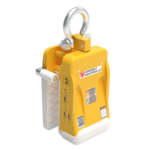
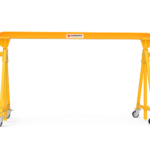
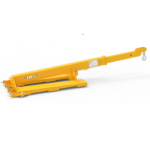
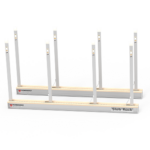
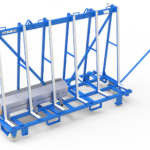
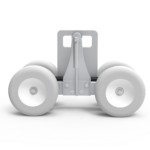
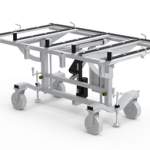
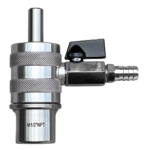
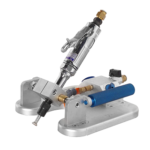
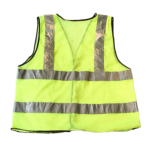
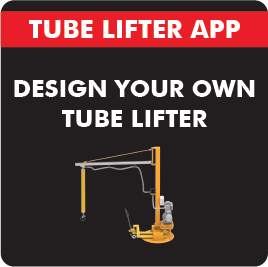
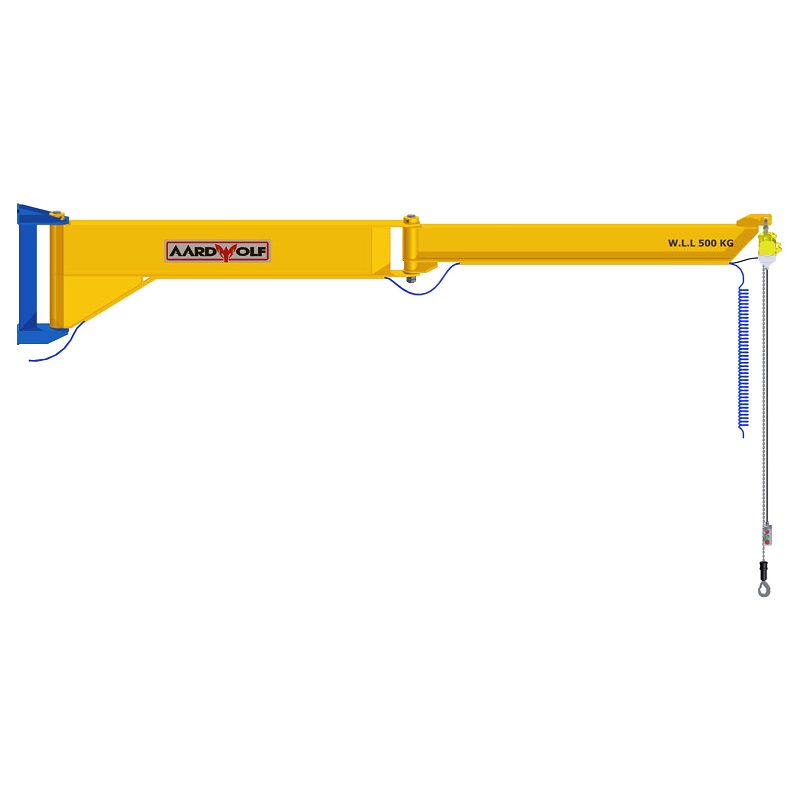
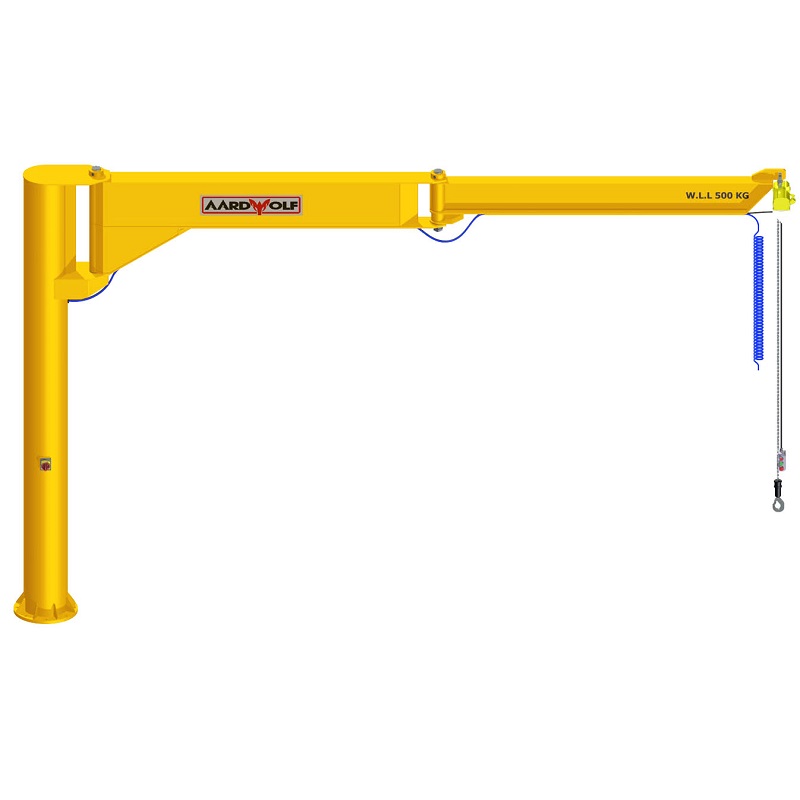
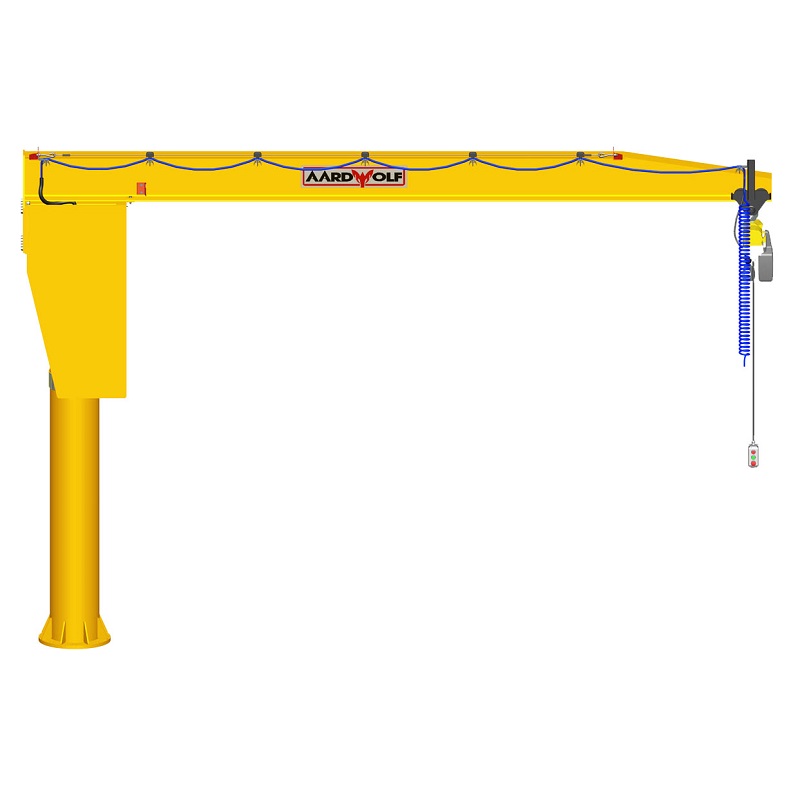


Please log in to leave a comment.